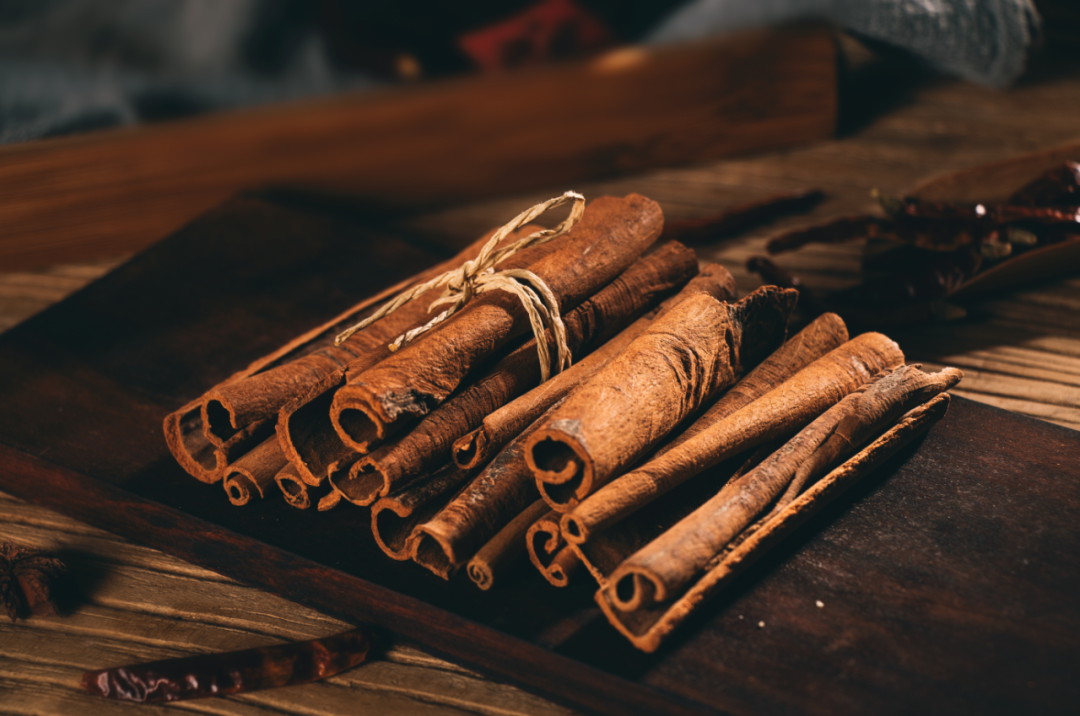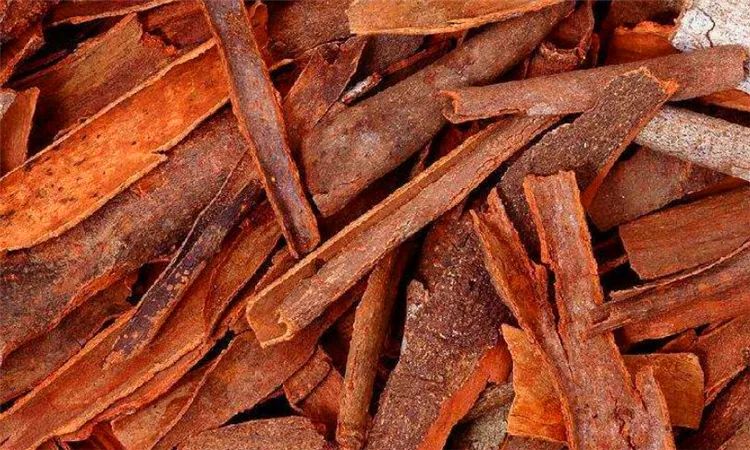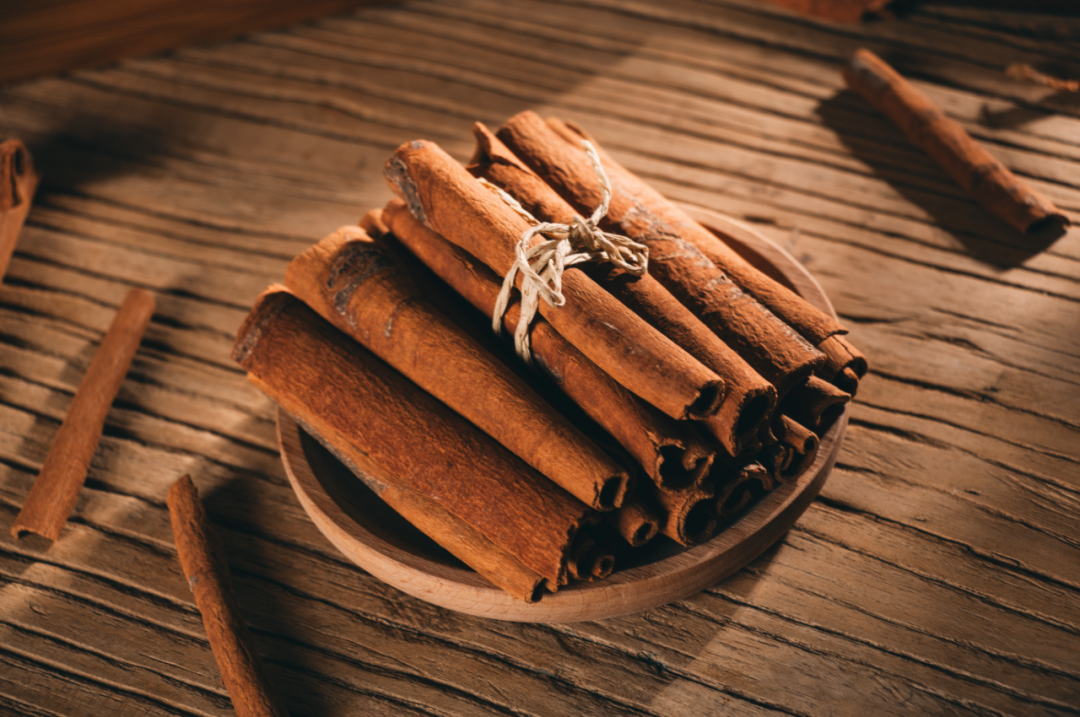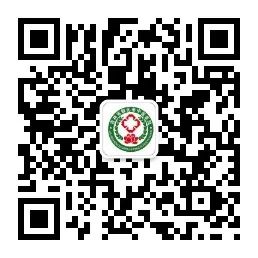Cinnamon
Guo
Family: Lauraceae
Scientific Name:Cinnamomum cassia (L.) D. Don
Common Names:Also known as: Mu Gui, Zi Gui, Da Gui, La Gui, Gui Pi, Yu Gui
Morphological Characteristics:Evergreen tree, height 12–17 meters. Bark is gray-brown, young branches slightly quadrangular. Leaves are alternate, leathery; elongated oval to nearly lanceolate, 8–17 cm long, pointed at the tip, blunt at the base, covered with fine soft hairs; with three basal veins, fine veins parallel; petiole robust, 1–2 cm long. The inflorescence is a raceme, axillary or near the apex, 10–19 cm long, covered with short soft hairs; pedicel about 5 mm long; calyx tube about 2 mm long, with 6 lobes, yellow-green, oval, densely covered with short soft hairs inside and outside; 9 stamens in 3 whorls, anthers are oblong, 4-locular, the outer 2 whorls of filaments without glands, anthers facing inward, the 3rd whorl of stamens facing outward, with 2 glands at the base of the filaments; the pistil is slightly shorter than the stamens, ovary oval, 1-locular, stigma slightly disc-shaped. Flowering period is from May to July.

Habitat Distribution:Prefers warm and humid areas, suitable for subtropical regions without frost. Widely cultivated in tropical and subtropical areas of Guangdong, Guangxi, Fujian, Taiwan, Yunnan, and other provinces.
Chemical Composition::The bark contains volatile oil, with the main component being cinnamaldehyde, and contains small amounts of cinnamic acid ethyl ester, phenylpropionic acid ethyl ester, etc.
Properties and Channels::Pungent and sweet, hot. Enters the Kidney, Spleen, and Bladder meridians.
Functions and Indications::Tonifies the Yang, warms the Spleen and Stomach, dispels cold accumulation, and promotes blood circulation. Used for deficiency of the Mingmen fire, cold limbs, weak pulse, Yang deficiency collapse, abdominal pain and diarrhea, cold hernia, low back and knee pain, amenorrhea, yin abscess, and floating Yang. Caution: contraindicated in Yin deficiency with excess heat, and should be used with caution in pregnant women.


The Story of Cinnamon
It is said that one of the four great beauties of ancient times, Xi Shi, while playing the guqin and singing her self-composed song “Wutong Ye”, suddenly felt a sore throat. She used a large amount of heat-clearing and fire-purging medicine, which alleviated her symptoms, but they returned once the medicine was stopped. Later, she consulted another doctor, who observed her cold limbs, clear and long urine, and six pulses that were deep and thin, and prescribed one pound of cinnamon. The pharmacy owner, having some knowledge of pharmacology, could not help but laugh at the prescription: “A swollen and painful throat is a condition of great heat; how can one consume the pungent and warming cinnamon?” Thus, he refused to dispense the medicine, and the attendant had to return empty-handed. Xi Shi said, “This person is highly skilled in medicine and would not joke. There is no other method at present; let’s try a small amount first.” Xi Shi chewed a small piece of cinnamon, found it fragrant and sweet, and after chewing half a pound, her pain disappeared, and she could eat without issue, which made her very happy. The pharmacy owner, upon hearing the news, specially sought advice from the famous doctor, who said: “Xi Shi’s ailment is a throat disease caused by deficiency cold and Yin fire, which cannot be treated without using the method of guiding fire back to the source.” Cinnamon was used to treat throat abscesses, which is a special case.

Cinnamon contains cinnamaldehyde, which has a significant sedative effect on the central nervous system; the combination of Aconite and Cinnamon has a blood pressure-lowering effect on renal hypertension; the contained cinnamon oil has strong antibacterial properties, especially effective against Gram-positive bacteria; it can be used externally or for treating stomach diseases, gastrointestinal bloating, etc.; for internal use, it can be used as a stomach tonic and wind-dispelling agent. For treating deficiency cold stomach pain, use cinnamon alone, ground into powder, and take with hot water. However, using cinnamon to treat throat diseases is rare, hence the legendary story of cleverly using cinnamon to treat throat abscesses.
[Disclaimer: We respect originality, and our main purpose is to share information. Copyright belongs to the original author. If your rights are infringed, please inform us in a timely manner, and we will delete it within 24 hours.]
Source: Dunhua City Traditional Chinese Medicine Hospital
Initial Review:Liu Yao
Second Review: Li Lina
Final Review: Guan Yanhong


Scan to Follow Us

Great Medicine, Great Integrity Great Virtue, Great Capacity

